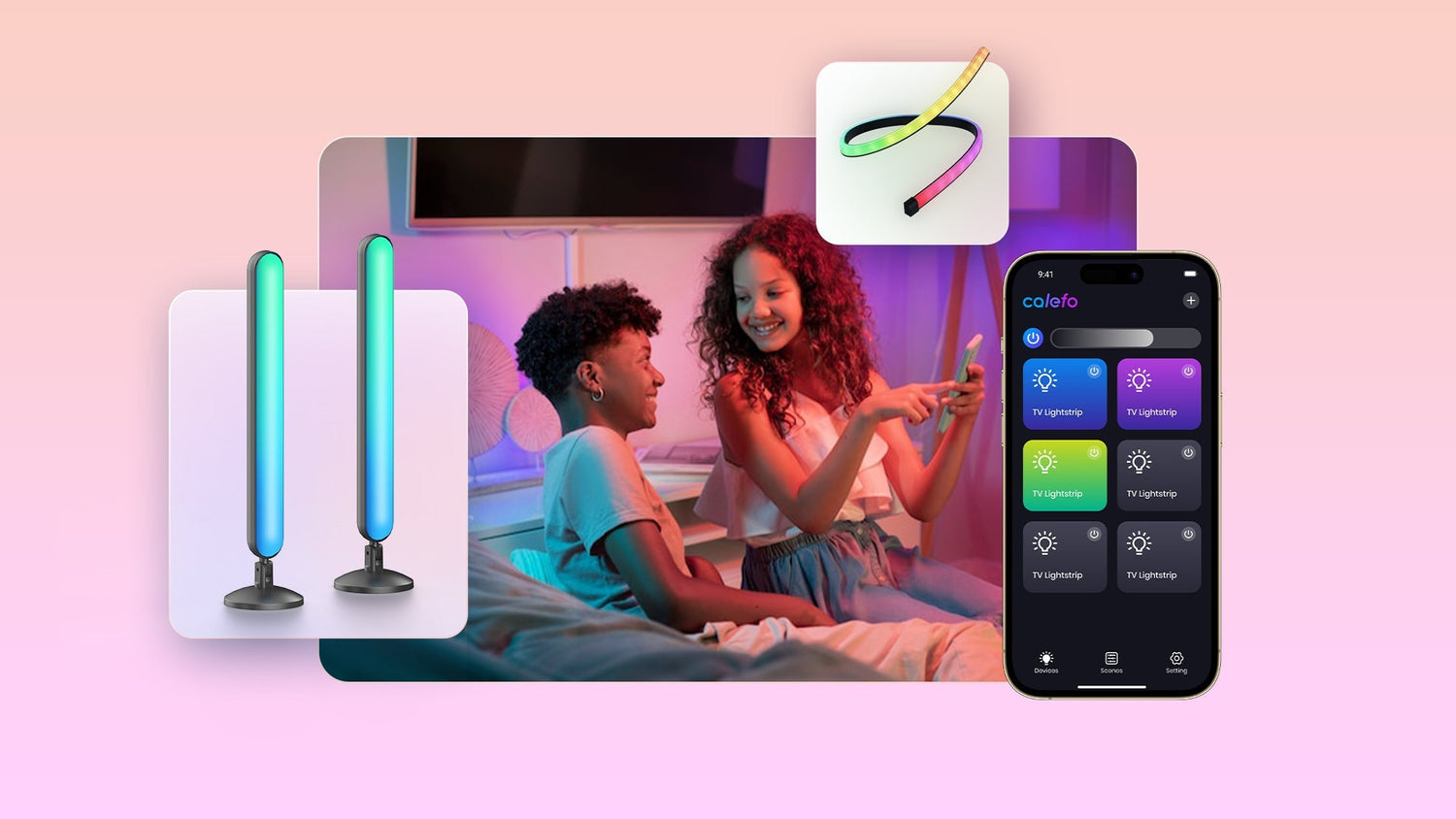AI is revolutionizing smart RGBCW lighting (Red, Green, Blue, Cool White, and Warm White) by making it more intelligent, adaptive, and efficient. Below is an analysis of its impact, covering the positives, negatives, and key differences AI will introduce into human life.
Positive Impacts of AI on Smart RGBCW Lighting
1. Enhanced Personalization & Automation
- AI can analyze user behavior, preferences, and schedules to automatically adjust lighting to fit specific moods and activities (e.g., warm white for relaxation, cool white for focus, or dynamic RGB for entertainment).
- AI-powered smart assistants can adjust brightness, color, and temperature based on external conditions like weather, time of day, or user routines.
2. Energy Efficiency & Sustainability
- AI can optimize power consumption by detecting occupancy, adjusting lighting based on natural light availability, and learning habits to reduce unnecessary energy use.
- This can cut electricity bills and support environmental sustainability.
3. Improved Health & Well-Being
- AI can sync lighting with circadian rhythms, promoting better sleep and reducing eye strain by automatically shifting between warm and cool whites throughout the day.
- Smart lighting could be used in therapy for mental health, such as treating Seasonal Affective Disorder (SAD) with simulated daylight.
4. Seamless Integration with Smart Homes & IoT
- AI-enhanced lighting can work with smart assistants (Alexa, Google Assistant, etc.) and other IoT devices (thermostats, security systems) for a fully connected ecosystem.
- AI-driven RGB lighting could react dynamically to music, movies, or gaming environments for a more immersive experience.
5. Enhanced Security & Safety
- AI can simulate presence when a homeowner is away by mimicking natural lighting habits.
- Motion-detection AI can trigger alerts and integrate with security systems to enhance safety.
Negative Impacts of AI on Smart RGBCW Lighting
1. Privacy & Security Risks
- AI-powered lighting systems collect data on user habits, schedules, and presence at home, which can be hacked or misused by third parties.
- Cybersecurity vulnerabilities in smart home systems could allow intruders to manipulate lighting or gain access to other connected devices.
2. Dependence on Technology
- Over-reliance on AI-driven automation could mean less manual control and potential issues if AI malfunctions or misinterprets user preferences.
- Power outages or internet disruptions may limit AI functionalities, making smart lighting unusable or inefficient.
3. Higher Costs
- AI-enabled smart lighting solutions are more expensive than traditional or even basic smart bulbs, requiring additional investment in AI hubs, sensors, and software.
- Regular software updates and potential subscriptions for AI-driven features could add ongoing costs.
4. Complexity & Learning Curve
- Some users may find AI-driven lighting systems complicated to set up and manage, especially if they are not tech-savvy.
- Overcomplication of simple tasks (e.g., manually switching on a light vs. programming AI settings) can frustrate some users.
Key Differences AI Will Introduce in Human Life
| Aspect | Before AI in RGBCW Lighting | With AI in RGBCW Lighting |
|---|---|---|
| Control | Manual or basic automation | Adaptive, voice-controlled, learning-based automation |
| Efficiency | Users adjust brightness/color manually | AI optimizes power use and adjusts dynamically |
| Health Benefits | Limited circadian adjustments | AI tailors lighting to support sleep cycles, focus, and relaxation |
| Security | Basic motion sensors | AI-enhanced presence simulation & predictive security alerts |
| Cost | More affordable, simple setup | Higher upfront cost, potential ongoing fees |
Final Thoughts
AI-powered RGBCW lighting has the potential to transform home environments, making them smarter, more energy-efficient, and personalized. However, challenges like privacy concerns, cost, and technical complexity remain. The key to widespread adoption will be improving security measures, making AI-driven lighting more affordable, and simplifying user interactions.
🎶 Sync lights with music using Calefo’s Smart TV Lightstrip for immersive entertainment.



